Contextual advertising for an online store
Website promotion and attracting visitors is one of the most important issues for online stores. Contextual advertising for an online store must be used effectively, as it can become the main supplier of customers.
But at the same time, you need to understand that if advertising for an online platform is set up incorrectly, it can not only not bring returns, but also work in the red. Therefore, it is better to entrust the campaign setting to specialists.
What are the features of setting up contextual advertising for an online store?

Compared to regular advertising for a service site or landing page, setting up contextual advertising for an online store has its own distinctive features, which makes it more difficult for an unprepared user:
Ads are customized based on numerous requests
If for a corporate website or services we set up a limited number of CS for 5-10 different pages, then this is clearly not enough for a store. The contextologist works on both landing pages and categories of the store and filters, and sometimes even pages of individual products. So, within any category, there are many subgroups.
For example, if you are selling outerwear, in addition to the standard division into “male” and “female” and adding the selling words “buy”, “price” and clarifying the geographical location: “in Kyiv”, “in Ukraine”, you must also take into account:
- Product color (“blue”, “red”);
- Seasonality (“winter”, “summer”);
- Manufacturer (“The North Face”, “Remington”).
Selected queries should satisfy the user’s intent as much as possible and display the assortment of the store. As a result, a contextual campaign for E-Commerce can contain thousands of requests that lead to many pages of the site.
We focus on sales
The growth in the number of orders is the goal of contextual advertising. It’s hard enough to get a site visitor to make a purchase as a result. Behavioral factors play the main role (how convenient is the site, does the landing page meet the consumer’s request, are the company’s contact details and the price of the product in a prominent place, etc.). Therefore, when setting up advertising on a trading platform, it is important to work with usability and analytics to constantly increase conversion.
Increased setup complexity
Working with such advertising requires much more time from a specialist than with a regular one (after all, you need to create much more ads, choose a more impressive semantic core, etc.).
The campaign budget can be spent much faster if the campaign size is large, so you need to constantly monitor the performance of all ad groups. It is also very important to analyze the results and quickly make changes, and this is another difficulty – you need to constantly monitor a large amount of data.
How many calls and sales will I get by ordering contextual advertising from you?
I need to calculate the conversion of my website
Describe
the task
in the application
Calculate potential ad revenue
Google
contextual advertising calculator
Instructions for setting up advertising for online stores on different CMS
Although the general principle of setting up contextual advertising for online stores on different CMSs is approximately the same, there are still some nuances that may differ depending on the specific platform. Our Google logistician, Yana Lyashenko, sorted them out in detail.


Setting up advertising
for Horoshop Articles on
similar topics



Setting up ads
for Shopify Articles on
similar topics
Setting up ads
on Prom.ua Articles on
similar topics
What Google Ads tools do we use for stores?
In our work, we try to use all possible Google Adwords tools for online stores:
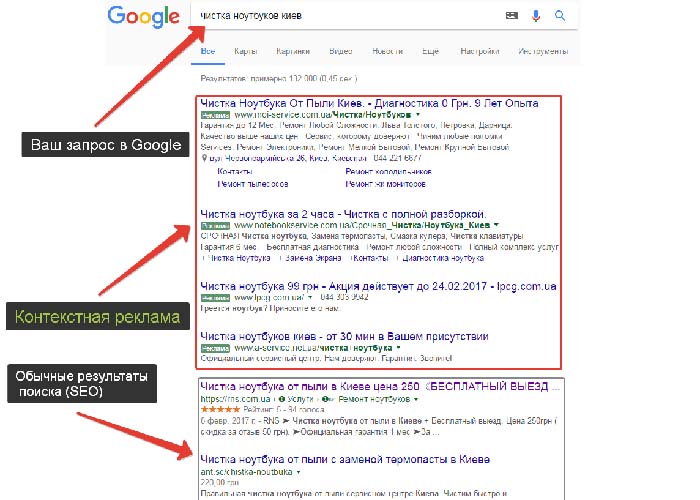
Search advertising
Allows you to show ads in search results to people who are already searching for your products. Such ads are shown above the organic output and attract the most interested traffic – those who are already set to buy. This allows you to get a high conversion rate into orders.
When setting up this advertising, it is necessary to collect all the key queries for which potential customers are searching for your products, and create relevant ads. For example, if a user searches for “buy a grill in Kiev”, he will see an advertisement for your online store and will immediately be able to go to the desired product category on the site.
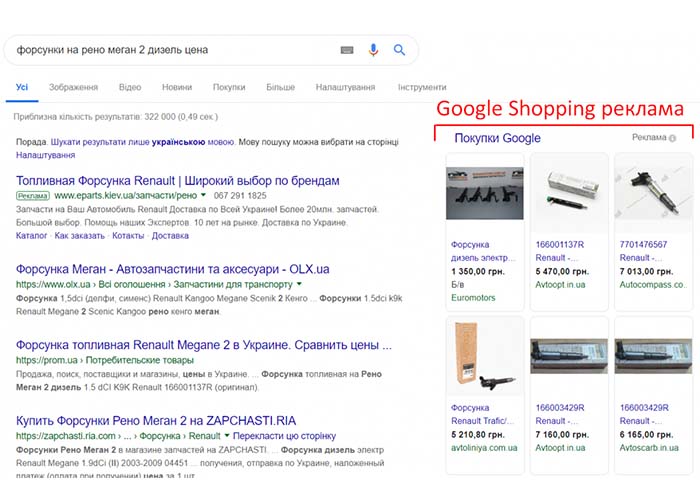
Google Shopping Ads
This tool showcases your products on Google, on the Shopping page, on Youtube and even in mobile apps. Ads are automatically generated from uploaded feed data and include product photo, product name, price and other attributes.
Visitors who click on the link already see important information about the product and its photo, so they are much more likely to make a purchase. According to statistics, the conversion rate here is on average 20% higher compared to text ads, so Google Shopping is one of the most effective advertising tools for promoting online stores today.
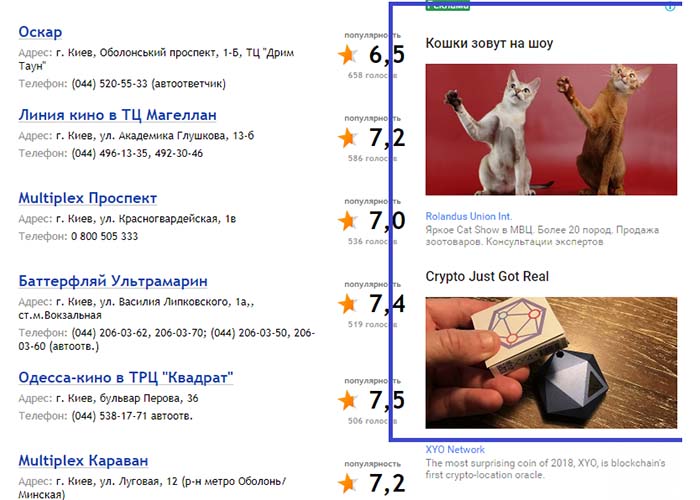
Google Display Network Remarketing
Allows you to bring back to your site users who have already interacted with your site but have not made a purchase. You can use remarketing to show ads to this audience on Google partner sites. This reminds the audience about your online store and helps bring potential customers back.
Remarketing ads are customized to users who have performed certain actions on the site – visited pages of a certain category or product, added something to the cart. This tool perfectly increases conversion rates and helps to fight abandoned baskets by targeting a “warm” audience that has already shown interest before.
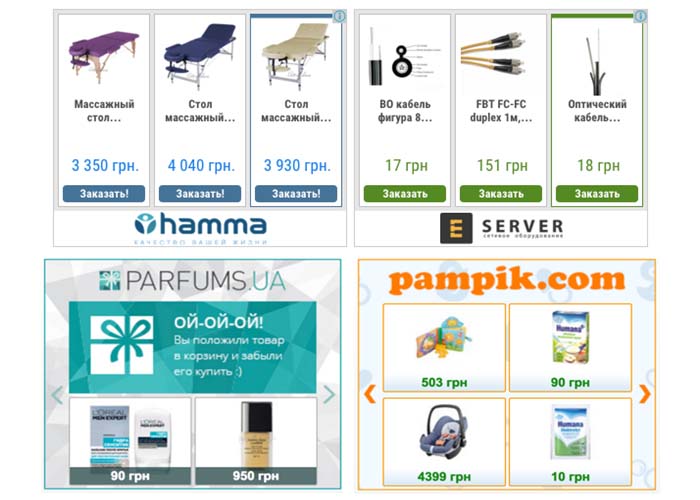
Dynamic remarketing
You have probably encountered a situation when after viewing certain product cards in an online store, ads for these very products start following you on various websites. This is dynamic remarketing.
These ads use photos of specific products with links to their pages. The personalized approach in dynamic remarketing works more effectively than usual, motivating users to come back and complete the purchase. That’s why this tool is considered one of the most effective for stores.
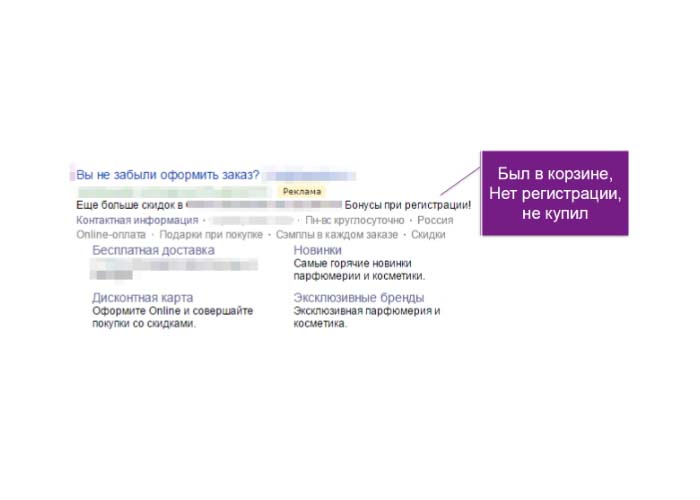
Search remarketing
This tool allows you to bring back users who have already searched for your products on Google, visited the site, but returned to the rendition without making a purchase. Thanks to search engine remarketing, they will see your ads in the highest positions again if they search for the same products again.
If a person searches for a product for the second time, they are highly motivated to order it, which means that you have a high chance of capturing that customer and bringing them back with a stand-out text at the top of the search results. This tool works especially well in conjunction with search advertising.
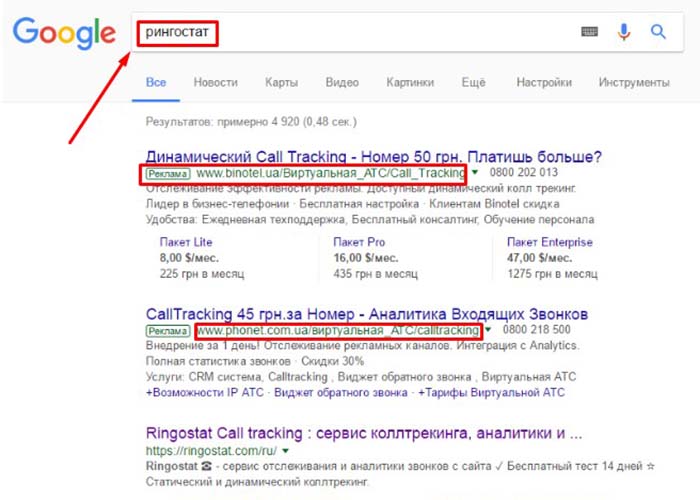
Advertising by competitors
Allows you to show advertising messages to those who search for your direct competitors in Google. In this way, you can lure potential customers or undecided audience to your online store, motivating them to make a purchase.
When setting up campaigns on competitors, you should analyze the advertising strategy of other players in the same niche and find ways to highlight your advantages over them so that users choose you. This tool helps you reach an audience that is looking for a similar product range and redirect that traffic to your site.
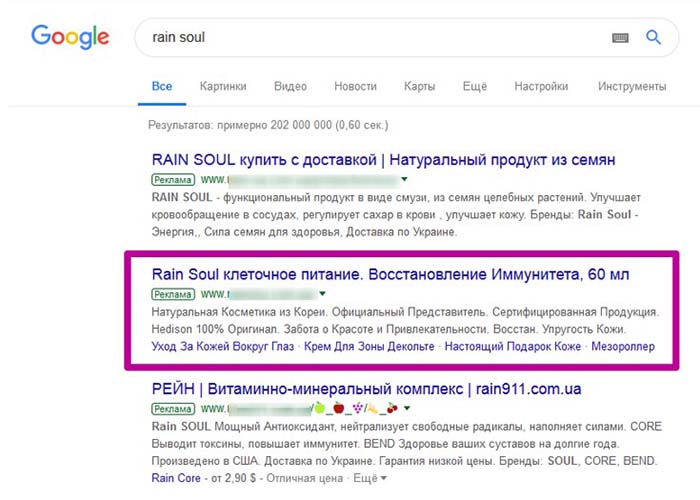
Dynamic search ads
Ideal for online stores with a wide range of products. Unlike standard contextual advertising, dynamic ads do not need to be created manually – they are generated automatically based on feed data.
Google Ads itself will generate relevant titles and descriptions based on the content of your website. The system will also automatically categorize the products and show the right ad in response to the user’s request. In addition, prices and stock availability information in such ads are also updated automatically, without the advertiser’s involvement.
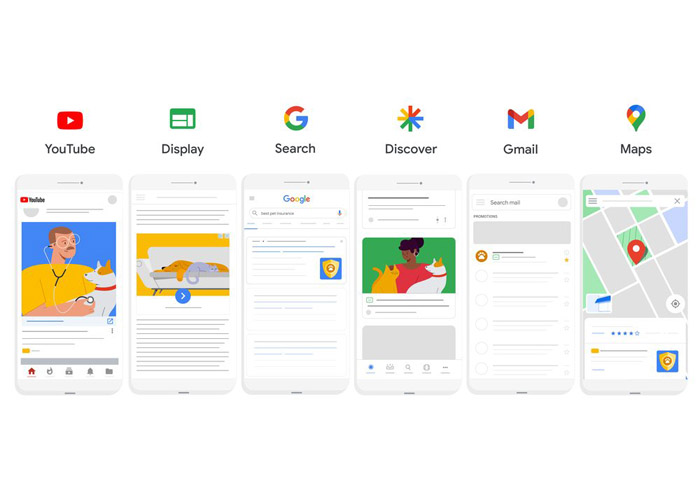
Google Performance Max
This is a new type of Google Ads campaign that uses machine learning to optimize ads across multiple platforms – search, PPC, Gmail, YouTube, and more.
When launching a campaign in Performance Max, you need to upload data about your products, set conversion goals and desired locations. Then the system independently creates ads in different formats, tests them, analyzes the results and optimizes displays in real time to achieve the desired result.
Advantages of contextual advertising of online stores
Advantages of contextual advertising of online stores over other varieties:
- Effective budget spending – money is spent on showing ads only for products that are in stock;
- Saving time. Instead of creating thousands of ads for each product, you save time with contextual advertising;
- Ads are generated by the system according to certain parameters, which is convenient when there are similar products;
- Automatically update information. Changes in prices and the appearance of promotions are automatically reflected in the advertisement. When the product ends, the campaign is disabled;
- The impression can be tied, for example, to the working hours of the Call Center. You can set this up to the hour;
- The system manages rates. If they are high, you will receive a notification that the budget is about to end.
Cases on setting up advertising for online stores

Hyro scooters, segways
Mini Segway, Esway

Fireplaces & Stoves
Fireplace Accessories

Stationery
Online stationery store
What mistakes are usually made when setting up E-Commerce ads?
Often, when an inexperienced user sets up ads for a store, this can be done with errors, which will lead to a drain on the budget and losses for the business owner. Here are the most common ones:
- Not configured web-analytics. All user actions on the site must be tracked and analyzed in order to receive ever cheaper requests and increase conversions;
- Search and display ads are set up in the same campaign. They must be separated, as they will have different CTR, CPC and other indicators;
- Irrelevant landing page. When a client is looking for a product with certain characteristics, and when the transition opens the main page, it is highly likely that he will return to the search results and will not search for it on the site on his own;
- Impressions for non-targeted keywords. Be sure to set up negative keywords for ads (to limit inappropriate impressions), otherwise they will attract a non-target audience to the site, or there will be a very low conversion;
- The ads are written without mentioning the benefits to the buyer. The experience of the seller is not as important to the client as the benefits defined for him (free shipping, discount, etc.);
- No extensions configured. Google Ads provides the ability to expand the ad (add company address, phone number, quick links to certain sections on the site). This increases the attractiveness of the ad and reduces the cost of the transition;
- Desktop-only ads. As you know, now on some topics, more than half of the traffic comes from smartphones. Therefore, it is important to set up a separate campaign with mobile versions of advertising;
- Not enabled Retargeting. This is necessary in order for past visitors to the site to return to the page and take the targeted action. It is very often difficult for a beginner to cope with this task, therefore we recommend contacting a pro for this.
Contextual advertising for E-Commerce should always be used effectively, therefore, to set it up, contact a specialist or order a contextual advertising audit – this is will help you spend money efficiently and avoid mistakes that can cost your business dearly.
Popular Questions
- Unlike sites with services, eCommerce has a much larger semantic core and ads are configured for a much larger number of landing pages, which means a lot more work for a PPC specialist.
- Google has a special ad format for online stores – shopping ads which is even more effective than regular search ads. Such advertising is a product card with a price and a photo right in the search engine results. For eCommerce, dynamic remarketing works well, which shows the user products that he viewed but did not buy, on Google partner sites.
- Price for work depends on the number of custom instruments and traffic costs. To find out the approximate cost of traffic, you need to collect a semantic core (as a rule, it is much larger for online stores than for service sites) and estimate the estimated frequency and cost per click (in Google Keyword Planner).
- For online stores, don’t try to cover all the semantics right away. At first, it is more efficient to focus on the most marginal product groups that bring the maximum income. Also pay attention to products that are requested more often – they can get more traffic, albeit with a lower profitability. Sell related products with them to increase your profits.

